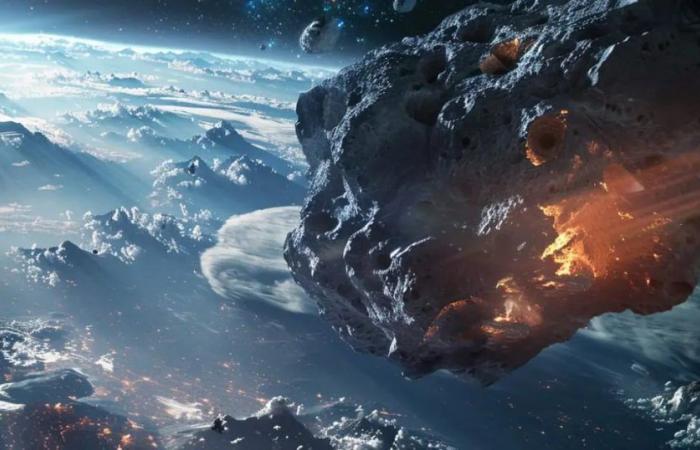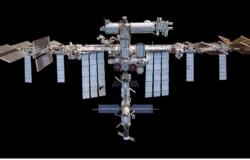
POT has revealed that to face a possible dangerous asteroid, it will be necessary that all the countries cooperate in a overall response, Well, it would take a collective effort to prevent a catastrophe. Experts believe it is crucial to develop a response framework now, while there is time to prepare, as compiled by Space.com.
Leviticus “LA” LewisFEMA representative in the Planetary Defense Coordination Office (PDCO) of NASA, highlighted the importance of International cooperation during a recent press conference.
The United Nations (UN) have pprocedures to respond to large-scale events such as tsunamis. However, an asteroid impact would require even more extensive coordination, potentially involving the evacuation of large areas. Lewis stressed the need to begin discussing how to organize such an effort, including which international organizations would lead the response.
Are we ready for such a threat?
The fifth Interagency Exercise Roundtable on Planetary Defense was held from April 2 to 3 in the Laboratory of Johns Hopkins Applied Physics. Nearly 100 participants from various US federal agencies and international institutions simulated a scenario in which an asteroid with a 72% chance of impacting Earth on July 12, 2038. The potential impact zone included major cities such as Dallas, Memphis, Madrid and Algiers.
The exercise revealed several uncertainties, such as the exact size and the asteroid composition. These factors are critical since they influence both the potential deflection efforts as in the results of the impact. The estimated size of the asteroid ranged from 60 to 800 meters, and its composition could range from dense metal to a loose “debris pile” like Bennu, the asteroid that NASA’s OSIRIS-REx probe visited.
Participants considered three main options:
- Wait for more comments
- Plan a research mission
- Develop a more involved encounter mission.
The latter two options, although costly, were favored by senior leaders, although political realities could limit immediate action.
A significant takeaway from the exercise was the need for early international involvement. Establishing credibility and collaboration from the beginning is crucial to an effective response. Lindley Johnson, NASA planetary defense officer emeritus, stressed that predicting and preventing a major asteroid impact is a unique natural disaster that humanity can foresee and address years in advance.
The exercise did not produce definitive rules for responding to an asteroid threat. Instead, its primary goal was to improve familiarity with possible response steps and improve coordination between the scientific and international communities. The emphasis was on the planning and collaboration process rather than specific outcomes. As Johnson said, the real value lies in working together and improving communication to prepare for such an eventuality.
It may interest you: Earth’s core is slowing down and the length of days will change, study says





